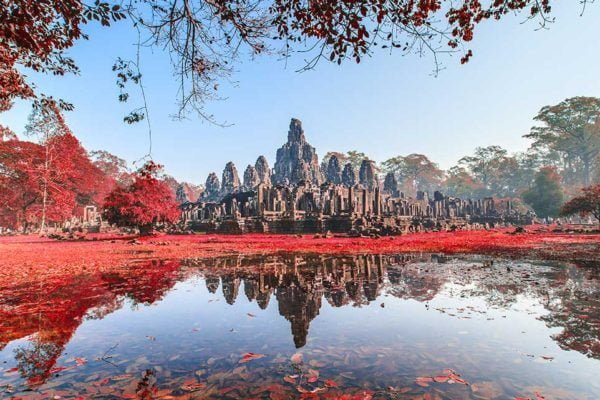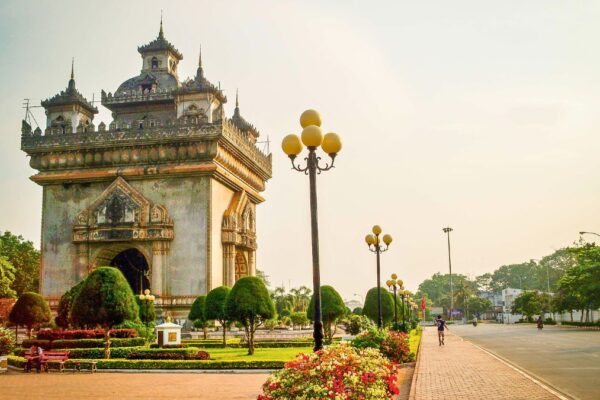Mysterious Landmarks in Southeast Asia for your vacation choices
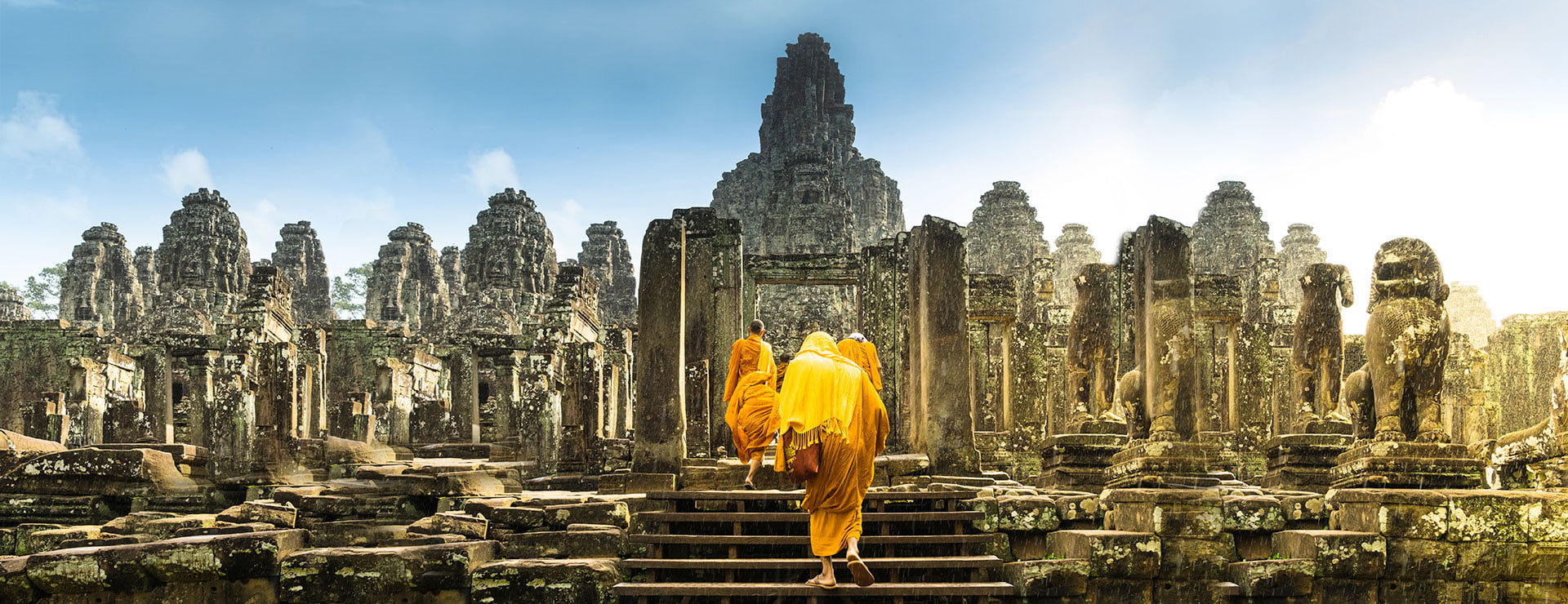
While beauty and splendor characterize most of Southeast Asia, there are a few that have something extra for myth-lovers. With the long mysterious history, Southeast Asia still offers explorers many landmarks standing still like the evidence for unsolved historical secrets.
Let’s take a virtual tour with us to know more about the deepest mysteries of this charming land.
Angkor Wat (Cambodia)
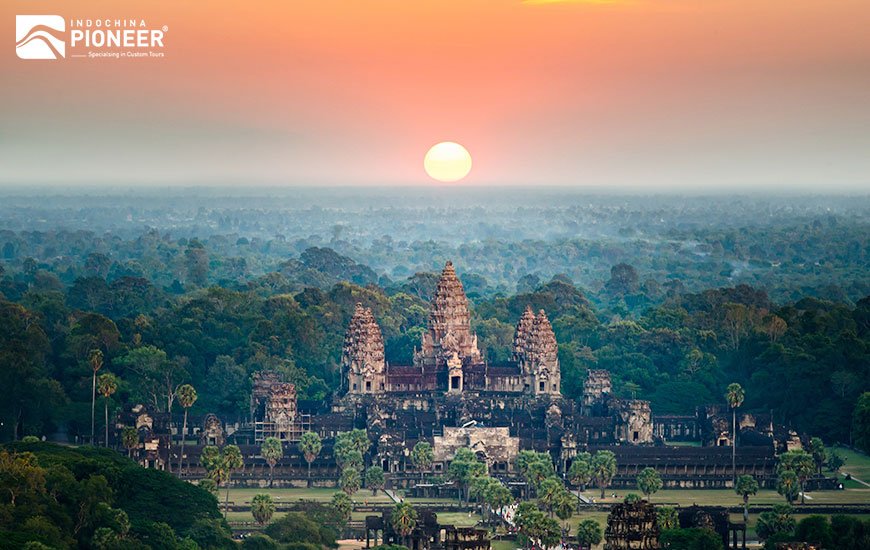
Impressive and massive, Angkor Wat of Cambodia is a famous name for worldwide travelers, with not only the breathtaking beauty but also unsolved mysteries around it. Surrounded by the wildest jungles, Angkor Wat showcases the amazing craftsmanship of the mysterious Khmer people. The complex appears to be a religious site for the god Vishnu, which can be seen in the patterns of the great city. Despite its decline after the disappearance of the ancient Khmer civilization, Angkor Wat still holds a majestic view for any passing visitor.
However, there are many unexplained things in the exist of Angkor, like: The city of Angkor was a city of 1,000,000 people, with a complex irrigation system, paved roads and beautiful buildings; however, within 200 years the Khmer civilization collapsed with no apparent reason. Or about Angkor’s construction, the stones, as smooth as polished marble, were laid without mortar with very tight joints that are sometimes hard to find. The blocks were held together by mortise and tenon joints in some cases, while in others they used dovetails and gravity. And these things are one main reason that attracts millions of visitors to Angkor each year.
Kyaiktiyo Pagoda (Myanmar)
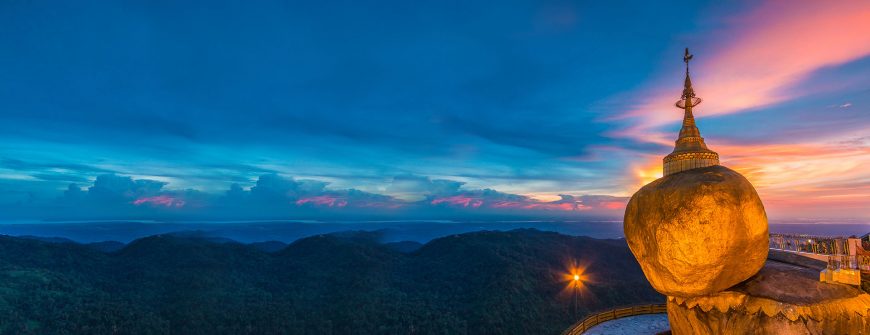
Kyaiktiyo Pagoda, or The Golden Rock, is a thriving Buddhist temple located in the Mon State of Myanmar. This small temple was built on the top of a granite boulder covered with gold leaves pasted on by its male devotees. Holding in place a giant rock at the edge of a cliff, this site is believed by many Buddhists to be miraculous. According to legend, the Golden Rock itself is precariously perched on a strand of the Buddha’s hair. The balancing rock seems to defy gravity, as it perpetually appears to be on the verge of rolling down the hill.
Today, the Golden Rock has become a popular pilgrimage and also a tourist attraction. It is an amazing natural phenomenon of Myanmar to behold.
Plain of Jars (Laos)
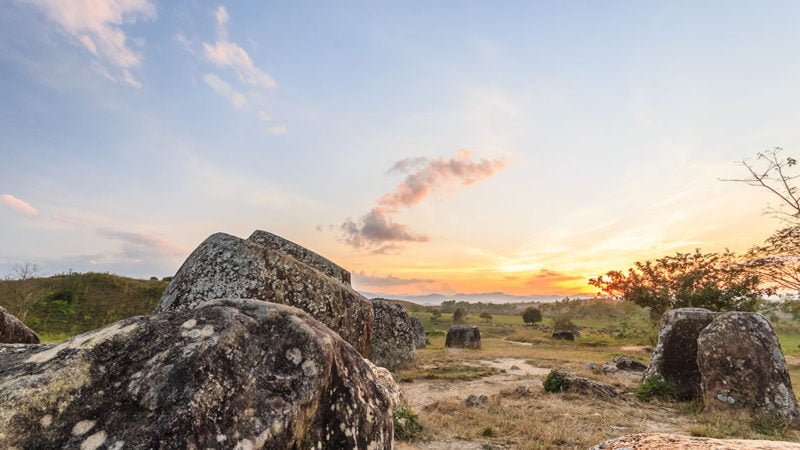
The Asian version of Stonehenge- Laos’ Plain of Jars- has all ingredients to stir the imagination. Shrouded in mystery and myth, and laced with intrigue and tragedy, this is a bizarre collection of ancient cylinders scattered in their hundreds across the war-scarred countryside of northern Laos’s Xieng Khuang province.
The view of 250 giant 10-foot jars being laid out in a plain can make any heart skip a beat. The purpose of these jars remains unknown, although some have speculated that they were once used as burial sites for the ancient rituals. However, there are some legends which point to the origin of the jars to giants who once walked the earth.
Wat Samphran Temple (Thailand)
Wat Samphran is possibly the most mysterious of Thailand’s temples: while its exterior is wholly unusual, there are no details to be found anywhere in the history of the temple, who designed it and the legend behind it.
At 17 stories high, it’s very big, and it’s bright pink coloring certainly catches the eye – and that’s before you catch sight of the huge dragon coiled around the tower. Located off the tourist track, you can find the temple when headed past the Samphran Elephant Ground towards the Police Academy.
As well as the brilliant main structure, the grounds of the temple are full of other similar giant sculptures and a huge bronze Buddha image. Certainly a unique experience, if not fully – or even partially – explained.
My Son Sanctuary (Vietnam)
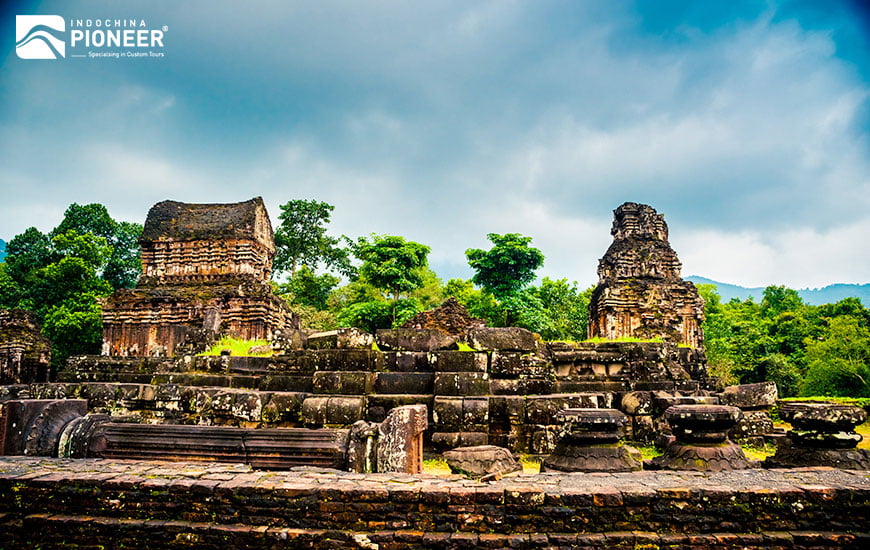
My Son is located inside the valley complex in Quang Nam Province, southern Vietnam around 69 kilometers southwest of Da Nang city. From the 4th to 15th centuries, it was an imperial city during the Cham dynasty. Besides Hoi An town, an ancient destination of historical value in Da Nang, My Son in Quang Nam is also a place of historical and culture-oriented tourism.
The sanctuary comprises more than 70 architectural works. They include temples and towers that connect to each other with complicated red brick designs. The main component of the Cham architectural design is the tower, built to reflect the divinity of the king. Bricks are the main material for the construction of the Cham Towers. However, it has yet been unable to figure out the reasonable explanation of the linking material, brick baking method, and construction method of the Cham Pa. Even these days, this still remains as an attractive secret to contemporary people.



